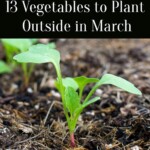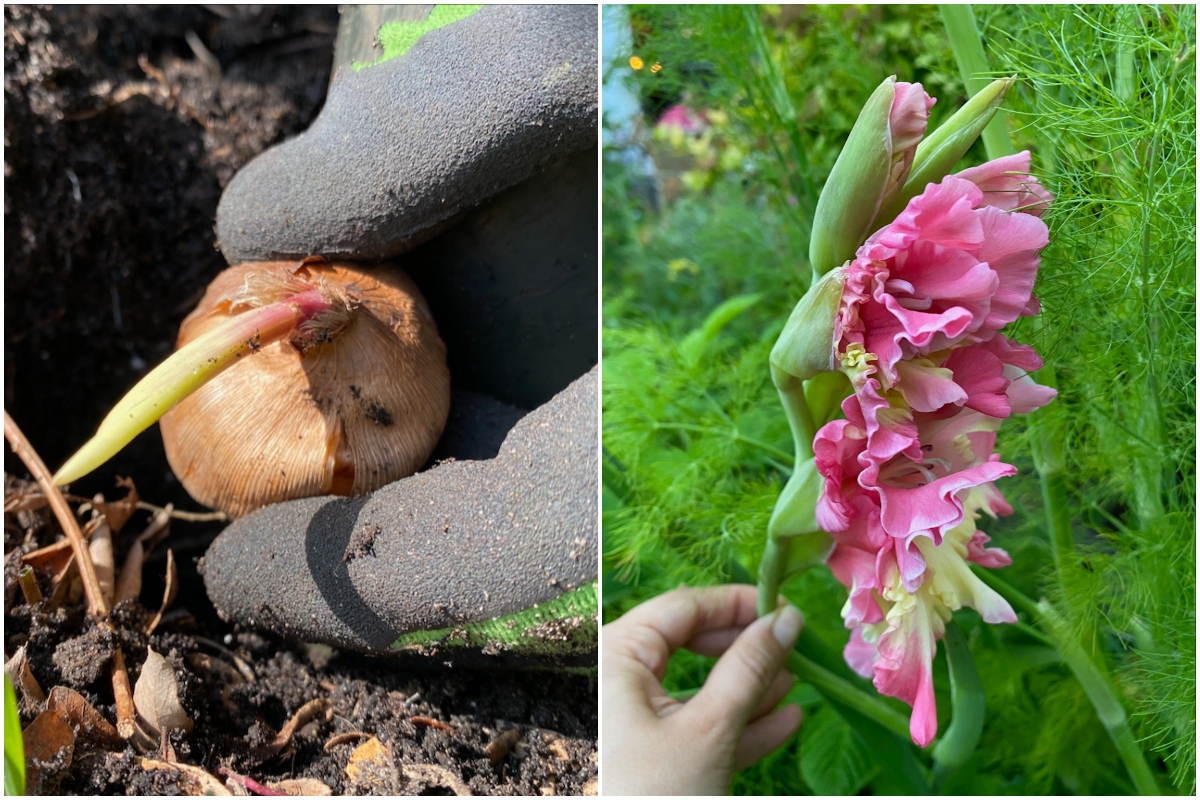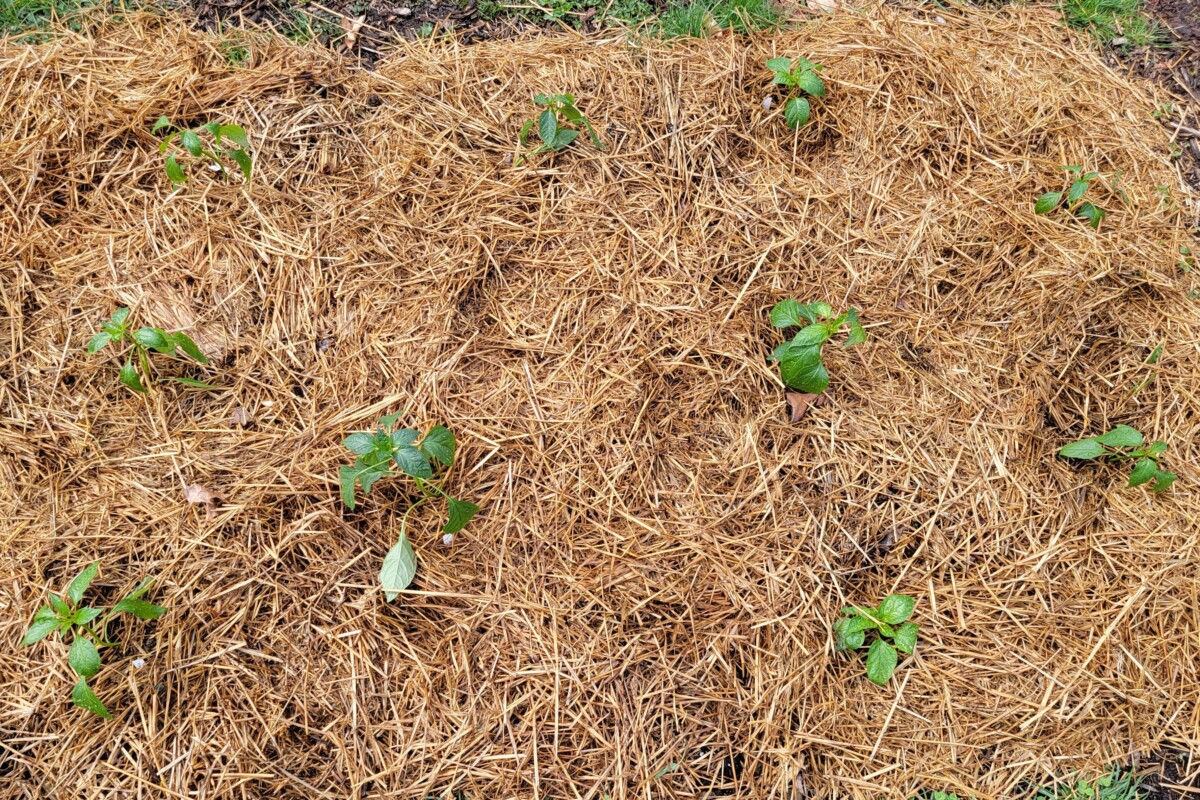
Oh, March, we can always count on you for an adventure. Between the start of daylight savings time (yuck) and the weather whiplash, we all feel a little dazed by the time the first day of spring rolls around.
Monday might be gray and rainy, but Tuesday, it’s 68 degrees and sunny, and Wednesday, you wake up to six inches of snow on the ground with hurricane-force winds.
By Thursday, you aren’t taking any chances.
You leave for work wearing your snow boots, a pair of shorts and a raincoat. But you forgot your coffee on the counter because you’re still adjusting to that hour of missing sleep.
In spite of the chaotic nature of March, it seems to be the month we all spring into action and get gardening. No matter where you land on NOAA’s interactive last spring freeze map, there is plenty to do outside in the garden.
As long as it isn’t buried under a foot of snow.
And let’s face it, even if your garden is buried under snow, we’ll be out there anyway because we can’t wait one second more to get our hands in the dirt.
Frost Dates Are Important, But So Is Soil Temperature
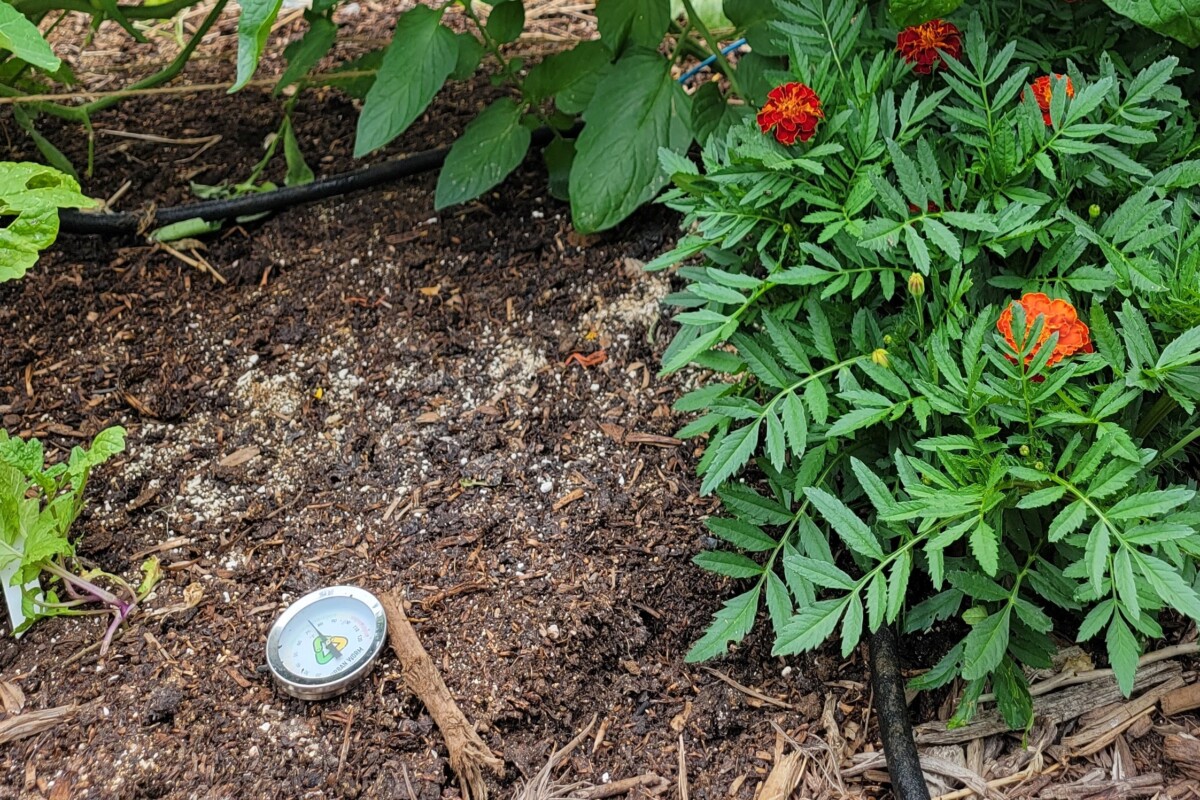
As gardeners, we pay close attention to that last expected frost date. It tells us when we can start sowing cold-weather crops and when we can plant tender transplants outdoors. But there’s something just as important that is often overlooked when planting new seeds outside this early in the season – soil temperature.
How many times have you checked the calendar, counting back from that last frost date, to determine when to sow seeds and only have those seeds not come up?
Soil temperature plays an important role in seed germination. So, before you poke your seeds in the ground, take the time to check the soil temperature. (I use this little guy in my garden. The name Urban Worm always cracks me up. I picture an earthworm carrying a latte and complaining about traffic.)
If the ground is still a bit on the cool side, cover it with a tarp or straw or set up your polytunnel. (What? You don’t have a polytunnel? Not even after I provided you with this nice little tutorial on how to make one?)
It will only take a few sunny days to warm up covered soil. You’ll have much better germination rates if you take into account soil temperature as well as the calendar.
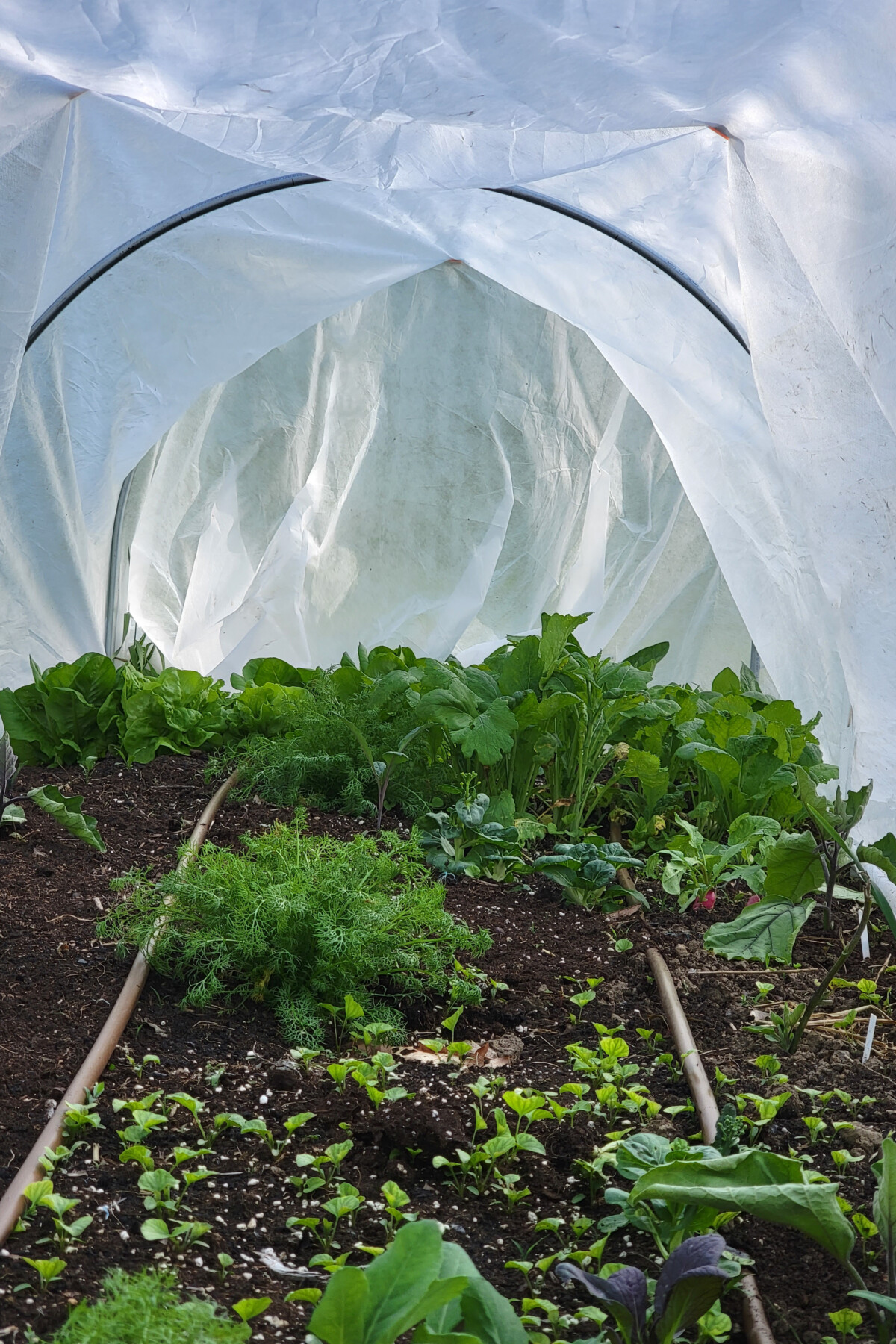
And if you do construct a polytunnel, you can sow many of these same crops even earlier in the season.
What to Sow in March
What you can plant outside in March has a lot to do with your hardiness zone. If snow is still a very real possibility, you’ll be looking more at cool-weather crops such as brassicas and greens. But for those in warmer climates who are scratching their heads thinking, “Snow? What snow,” it’s time for you to get some of your long-season seedlings in the ground.
Plenty of cool-weather crops are planted anywhere from six to eight weeks from the last frost date. For quite a few of us, those dates fall in March, either at the beginning of the month or toward the end.
Grab your calendar and your garden gloves, and let’s get gardening. (Hopefully, you don’t need a snow shovel.)
Cool Weather Crops
Now is the time to get out in the garden and get some seeds in the ground. While it’s still too early (for many) to plant out most tender seedlings, you can whet your appetite for fresh green veggies by planting plenty of cool weather crops.
1. Spring Garlic
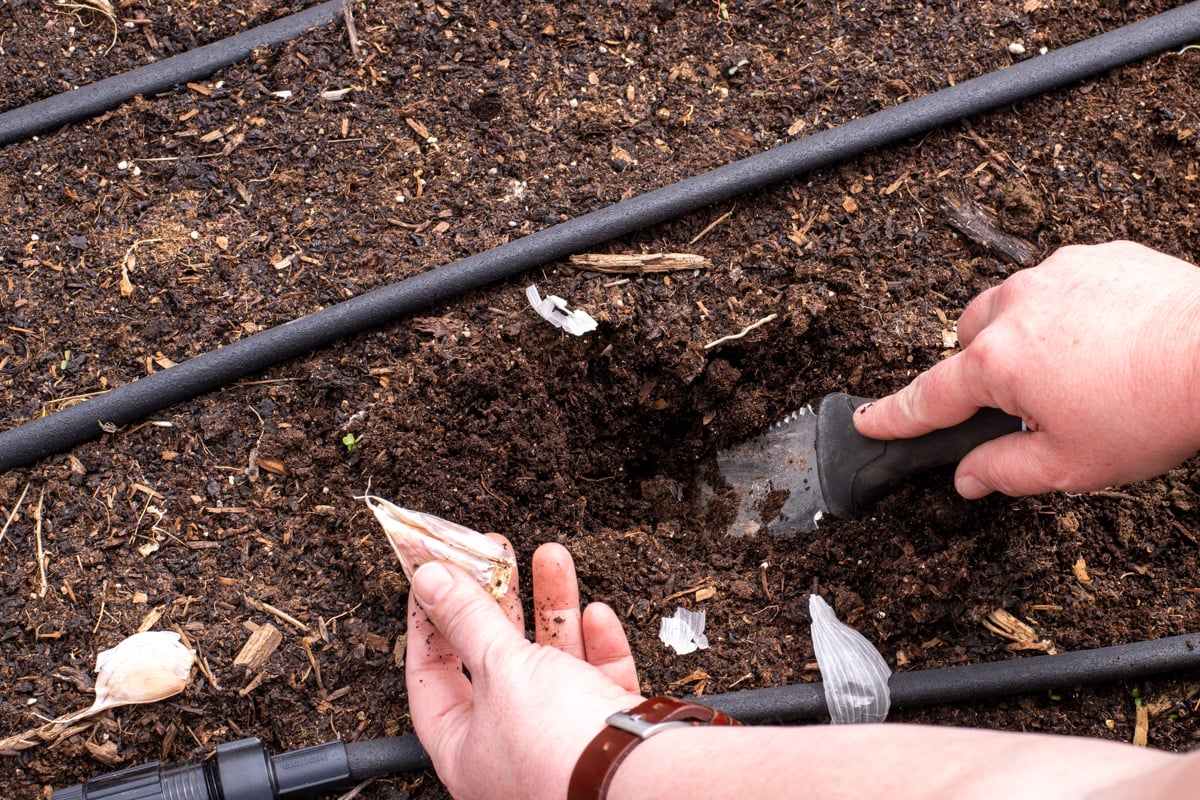
Oh, yes, you can plant garlic in the spring and still have large, plump bulbs this summer. The key is getting them in the ground as soon as you can work the soil in the spring. March seems to be a good time for many of us.
However, first, you’ll need to cold-stratify the cloves you want to plant. I’ve written up a tutorial on how to plant spring garlic for those of us who forgot to plant our garlic in the fall. Don’t forget, garlic hates to be crowded, so space cloves 6” apart and 3”-5” deep.
2. Onion Sets
If you prefer to grow onions via sets (wee little bulbs) rather than from seed, now is the time to get them in the ground. Since the small bulbs are in their second year of growth, they’re much easier to get started than growing onions from seed. You often end up with larger bulbs using onion sets.
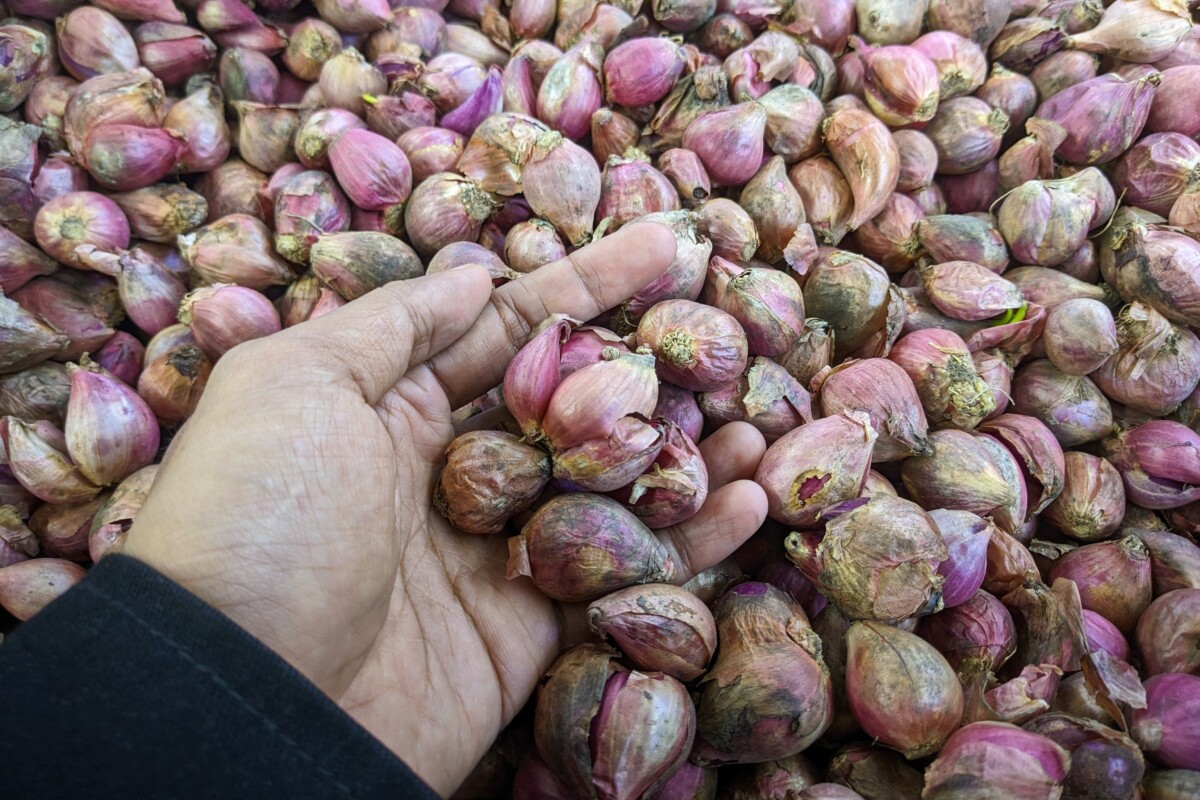
Generally speaking, sets should be planted as soon as you can work the ground. For many of us, that’s in March and sometimes April.
A quick tip that will help get your onions off to a great start is to soak your bulbs in water or water and compost tea for 24 hours before you plant them. This little spa treatment will plump up the bulbs, break dormancy and provide them with a little extra food before you put them in the ground. Your onions will sprout faster and be less susceptible to disease.
Plant onions sets roughly 1” deep in the soil (you should still be able to see the tip of the onion) and 4”-6” apart.
3. Kale
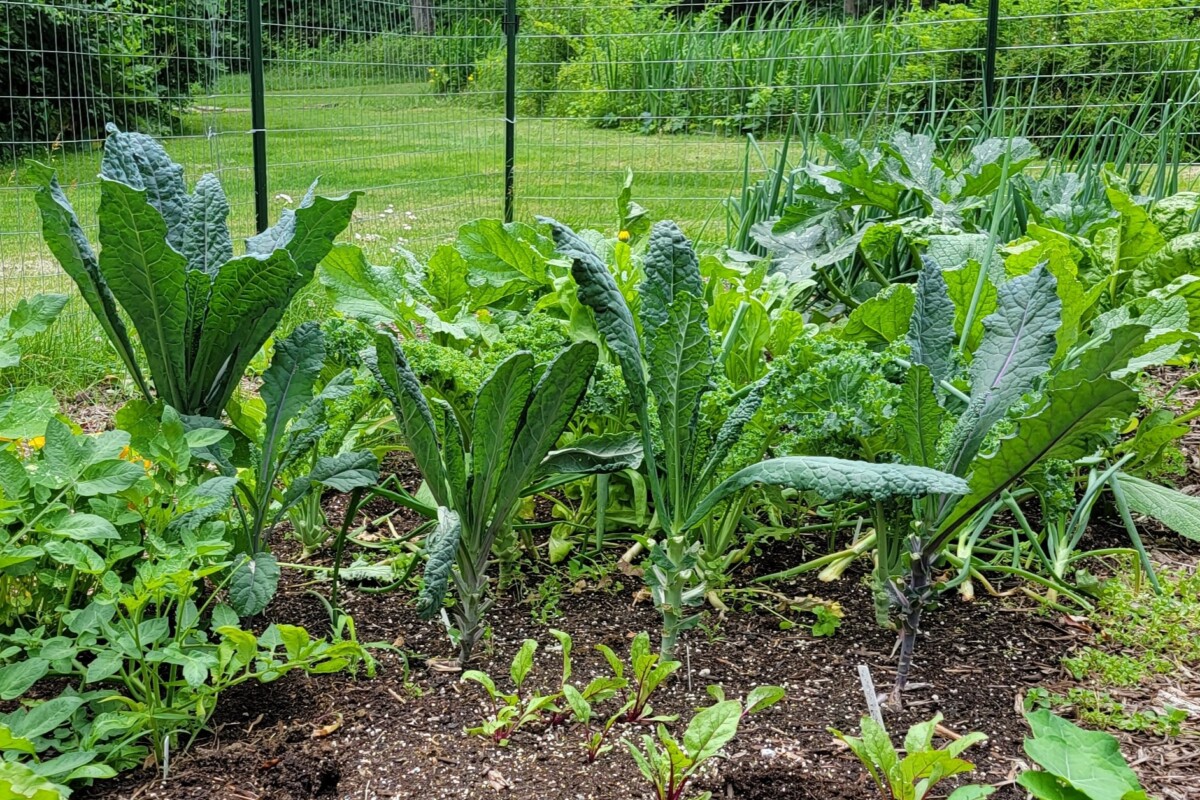
Ah, kale, the vegetable everyone loves to hate. There are few tepid kale fans out there, but so often, I wonder if it isn’t because we’ve all been eating kale at the wrong time of the year. It tastes better and grows better in the spring and then again in the fall when the weather is cool.
I’ve learned to enjoy it, but not nearly as much as the cabbageworms do.
Whether you’re direct-sowing seeds or planting transplants, now is the time to get your kale in the ground. Kale is at its best in the cool weather.
Get your kale planted in early spring to give it plenty of time for a harvest before the heat of summer sets in. Once the soil reaches 40 degrees F, get those seeds in the ground. Transplants will need to be protected from frost for the first several weeks after transplanting until they have acclimated.
Plant kale seeds at ¼” deep and thin to about 12”-18” apart, depending on the variety.
4. Cabbage
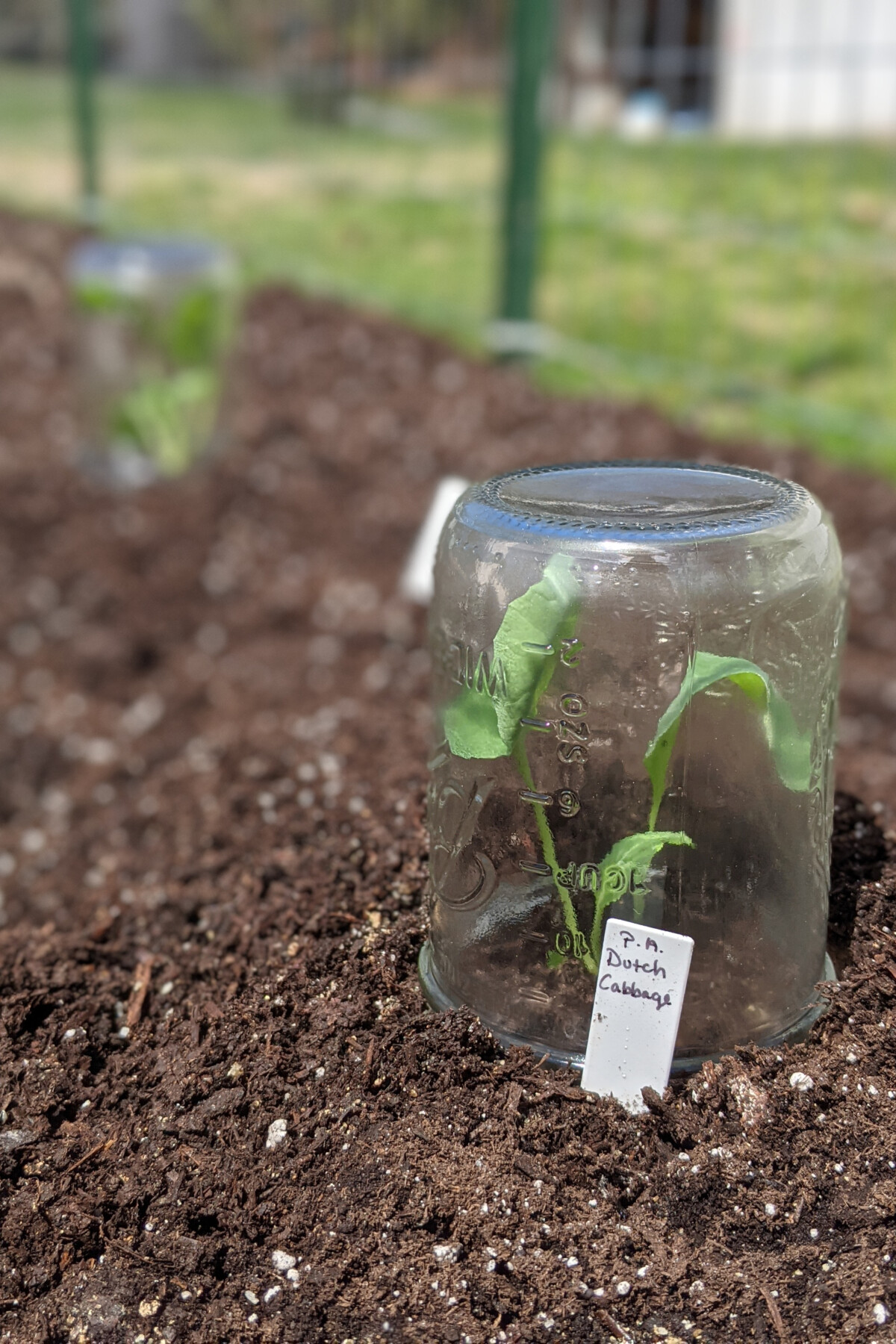
Cabbage transplants can be planted outside around four weeks before your last expected frost. Again, for quite a few of us, that will be sometime in March. As with all transplants, be sure to harden them off first.
Plant your transplants in well-draining soil and give them a good watering. The seedlings will need a day or two to bounce back. You may need to protect newly transplanted seedlings for the first couple of weeks if a frost is expected.
5. Radishes
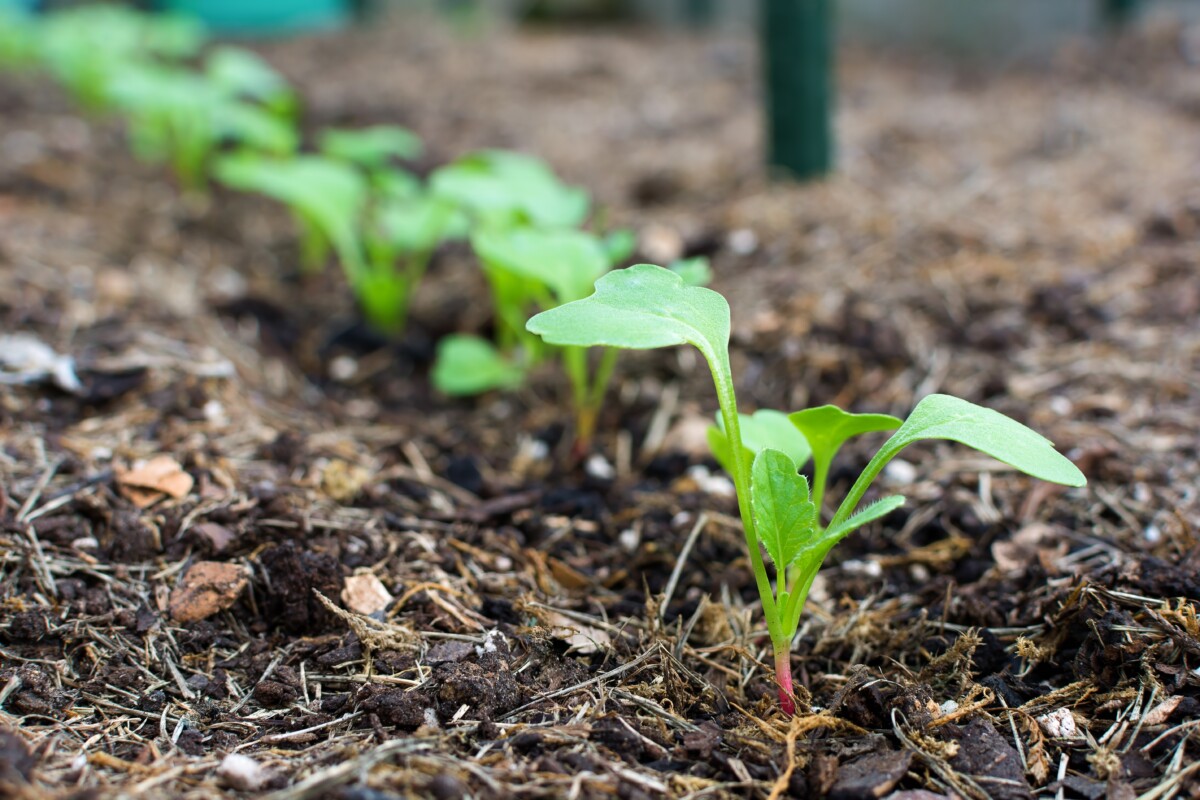
Radishes are a favorite spring vegetable of mine. They’re one of the first colorful veggies to pop up in the garden that isn’t green, and they grow super fast. As soon as the soil temperature reaches 40 degrees F, loosen the soil and plant some radishes.
While radishes rarely need fertilizer, they will not grow well if they’re crowded. Once your seeds have germinated, thin them out to about 3” apart to ensure you get nice, stocky bulbs.
If you don’t want to end up with a ton of radishes all at once, it’s best to plant a few seeds once every ten days. I use the 10:10 rule. Ten new seeds every ten days until May. That usually keeps me in radishes until it becomes too warm for them to grow.
Surface sow radish seeds and then lightly sprinkle a thin layer of soil over the top of them (about ¼”). Use the mist setting on your hose to water them so as not to disturb the seeds. Or gently press the seeds into well-moistened soil about a ¼” inch deep, carefully cover the seeds.
6. Turnips
If you don’t grow turnips because you have unhappy memories of eating them in your childhood, I would encourage you to give them another try. Numerous small, white varieties from Japan are much tastier than the varieties from your youth. (Or at least from mine.)
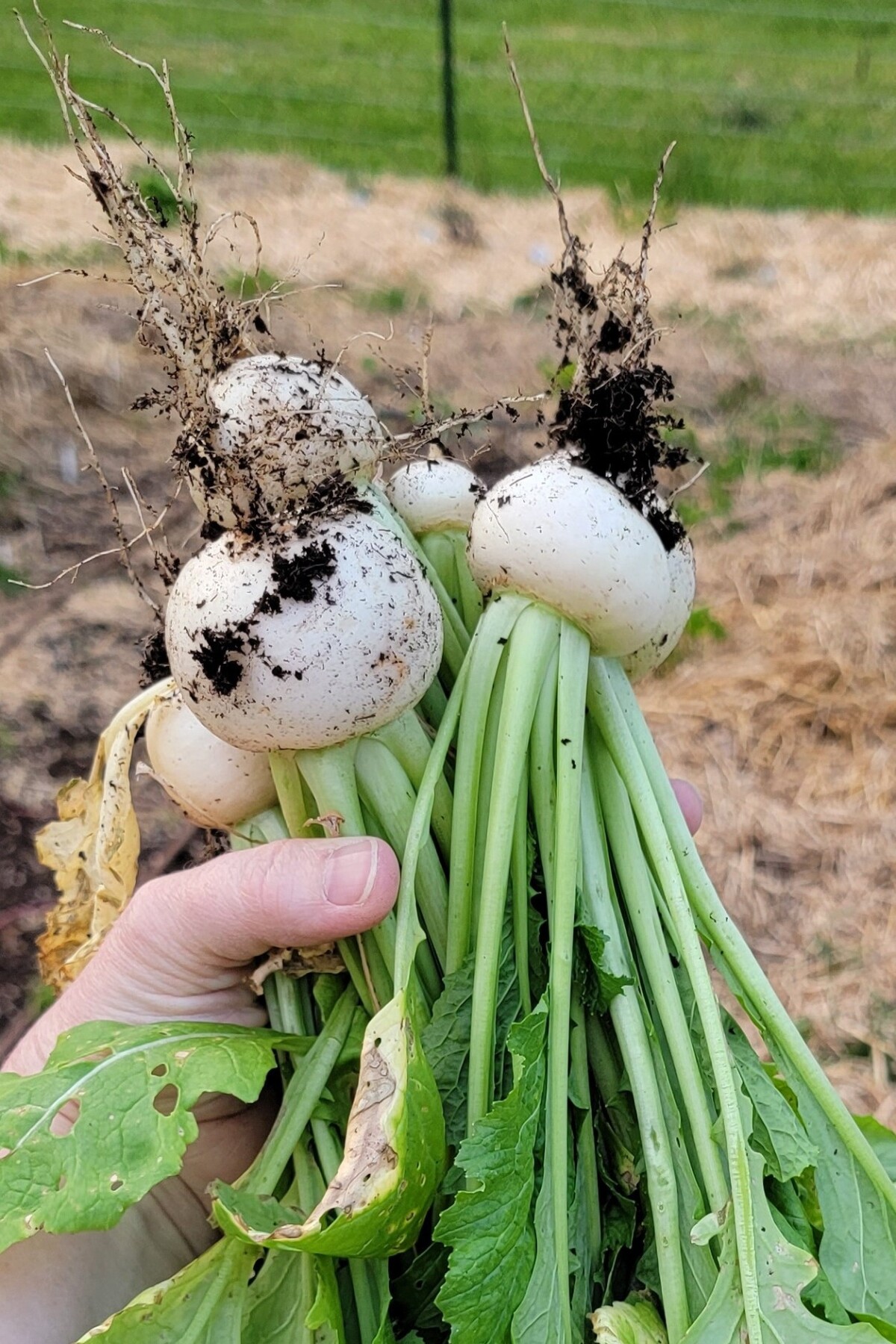
Whether eaten raw, pickled or roasted, they’re worth poking a few seeds in the ground.
Sow turnips once the ground has warmed to around 45-50 degrees F. Plant them ¼” to ½” deep. The seeds should germinate in about a week. The warmer the soil, the faster they will germinate.
7. Parsnips
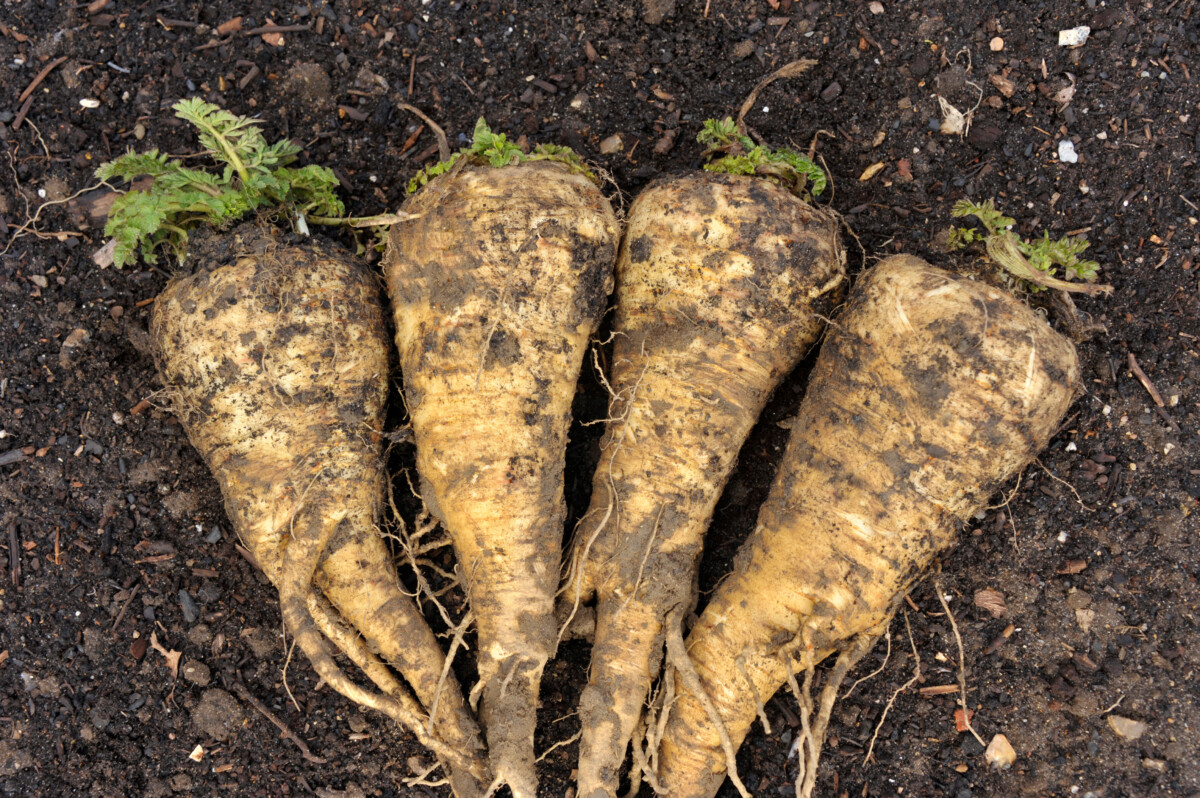
These cousins to carrots take upwards of 100 days to mature, so getting them planted early in the spring will ensure they have plenty of time to grow.
Plant parsnips about ½” deep in the soil, covering them lightly. Like most of these seeds, they will germinate at around 40 degrees F but will sprout faster with warmer soil temperatures. The young seedlings are tolerant of cool weather.
To ensure you have nice taproots, fluff the soil up prior to planting them up to 12” deep.
8. Beets
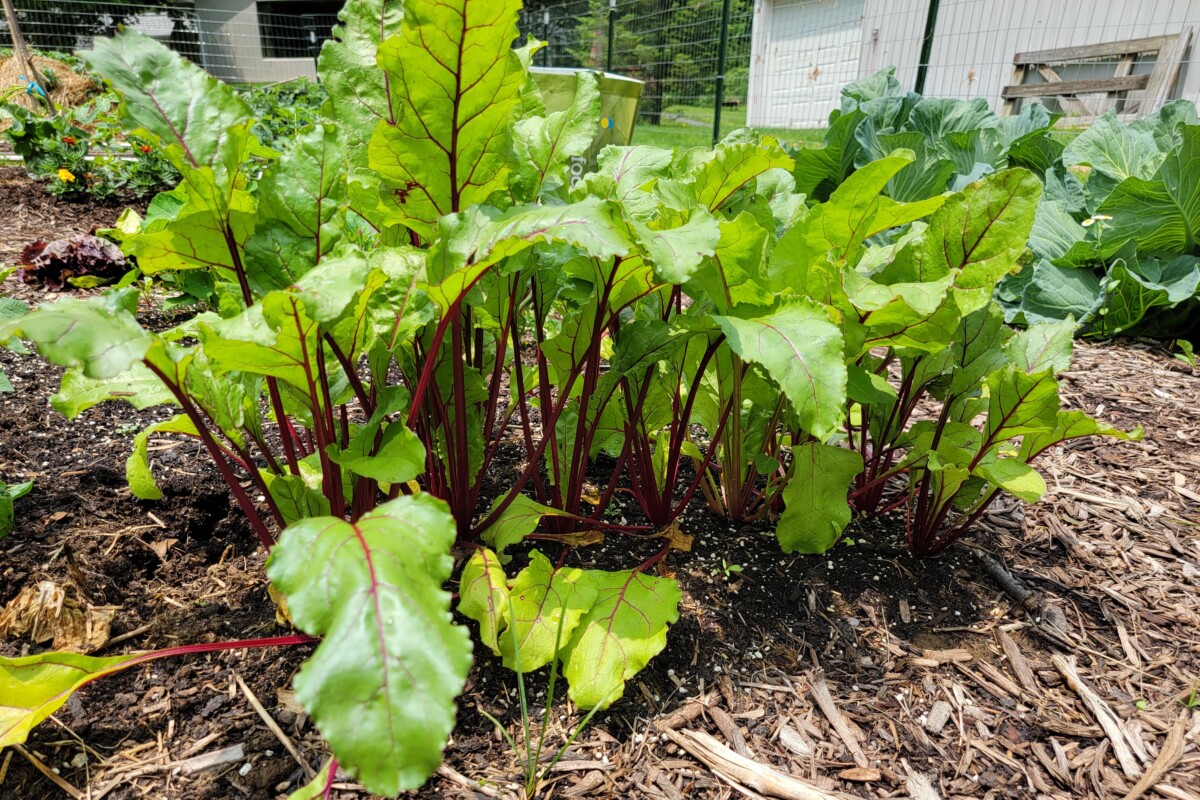
Beets will grow all through the growing season as soon as the soil warms to about 45 degrees. These are another root crop that is a good idea to grow in succession unless, of course, you want a large bumper crop to make Cheryl’s famous pickled beets.
Don’t forget, the greens are quite tasty in salads when they’re small and are equally good as a cooked green as they get larger.
Sow beets ½” deep. Keep in mind that each “seed” is actually several and will produce a small cluster of plants that will need to be thinned to about 3”-6” apart.
9. Spinach
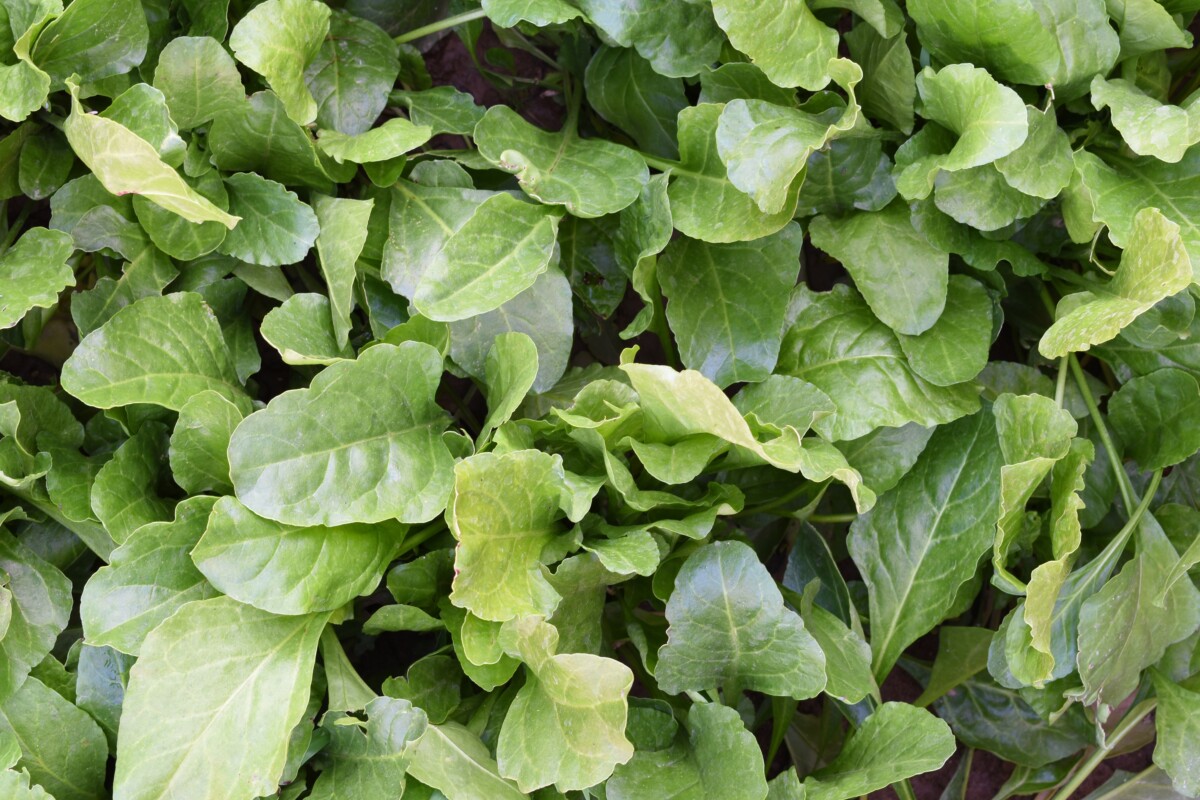
The window for growing spinach is relatively short. Getting the seeds in the ground as soon as the ground is workable is the best way to end up with a bumper crop.
As soon as the soil is 40 degrees F, sow your spinach seeds. Plant them at 1/2” deep, covering them lightly with soil. Once the plants are several inches tall, thin them to about 3” apart.
Spinach is another vegetable you’ll want to plant in succession so you can have plenty of fresh spinach this spring. If you plan on harvesting it all at once to freeze, you can plant it all at once.
10. Peas
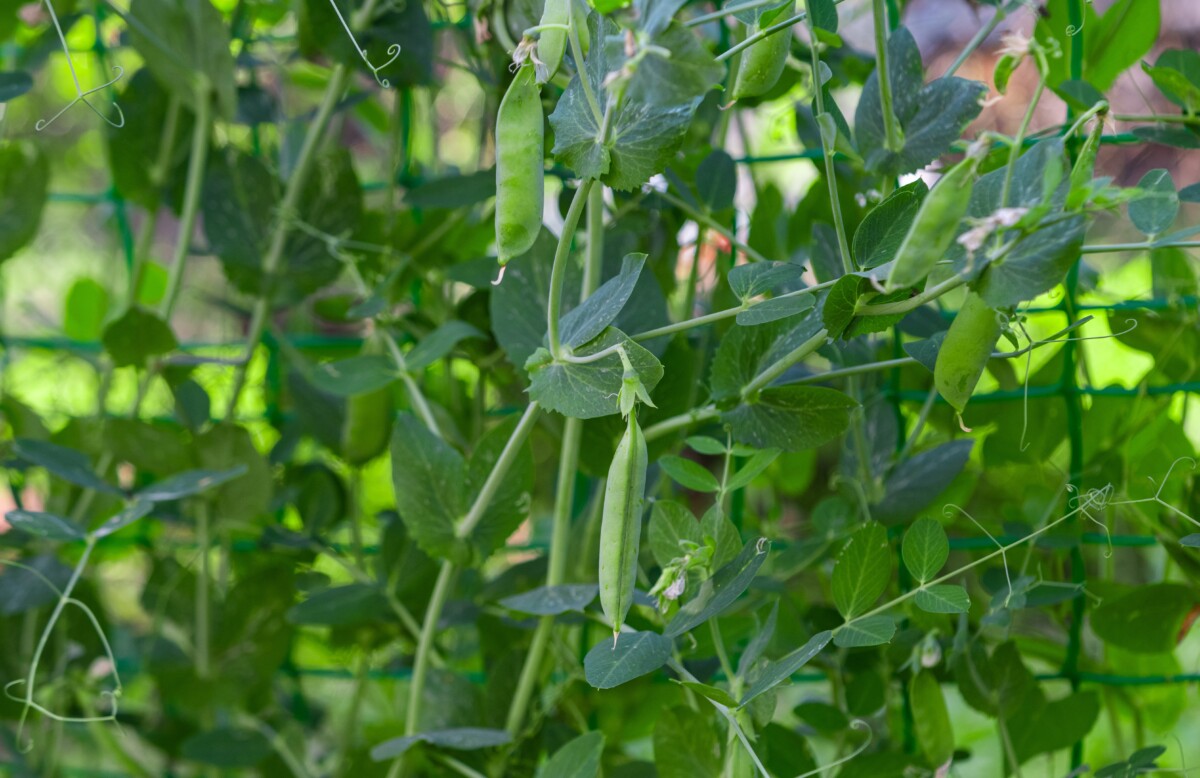
Whether you’re growing shelling peas, snow peas, or crunchy sugar snap peas, you can get peas in the ground once it has warmed up to 45 degrees F. Peas are yet another cool-weather crop that is good to plant in succession unless you plan on canning or freezing them.
You’ll also need to provide them with something to climb. Cheryl has an excellent tutorial on how to make an easy pea trellis.
Plant peas in well-draining soil, an inch deep. Plant peas 3” inches apart in rows that are 18” apart. Depending on the soil temperature, peas will germinate anywhere from 6-16 days. (Be patient!)
Warmer Zones
In some of the lower southern states (Hi Fawn!), you can begin planting your seedlings outdoors in March as you will reach that magical last frost date.
Quite a few long-season crops will slow their growth and stop producing fruit when the mercury climbs during the hottest part of the summer. Getting these crops in the ground now means you can harvest them before the dog days of summer grind them to a halt.
11. Tomatoes
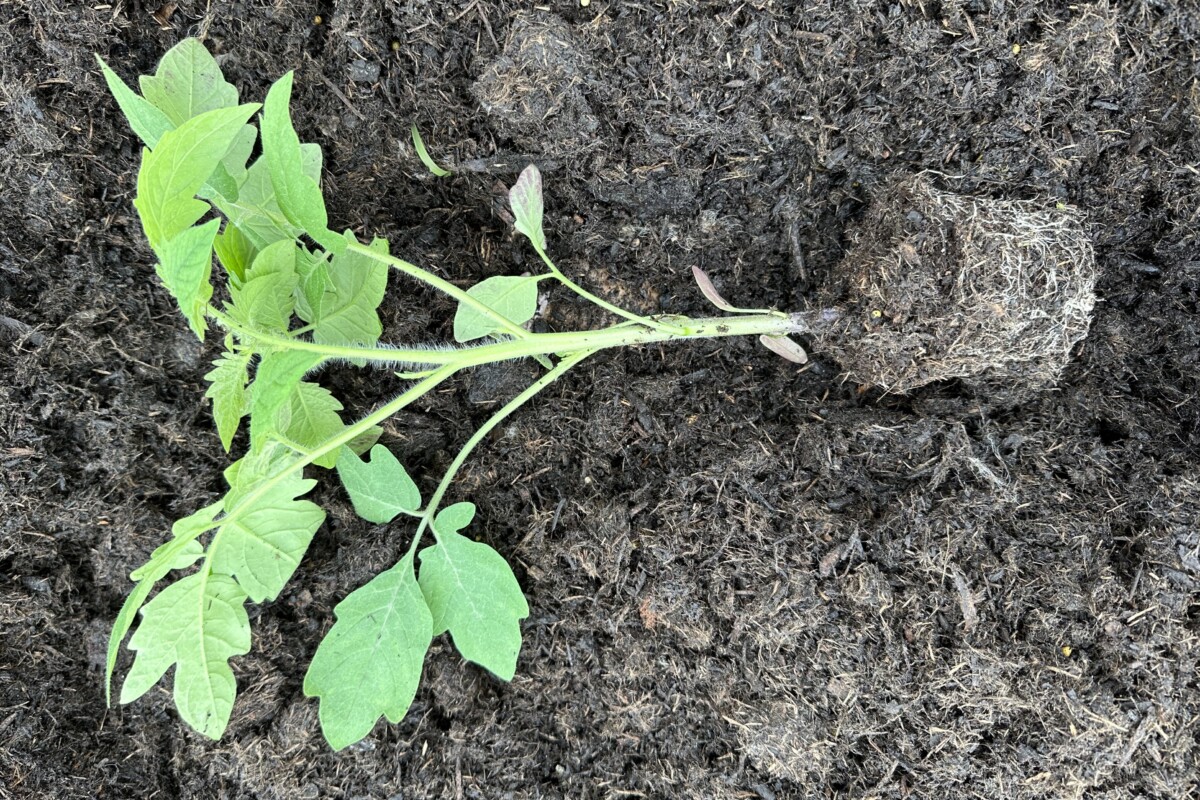
Plant tomato seedlings in well-draining soil, adding a scoop of compost to the hole when planting them. Press the dirt firmly around the base of the plant and water them in well.
You’ll want to set up whatever support you plan to use while the plant is still small. I’m a huge fan of espalier or string-training tomatoes. (It’s the only way I grow mine.)
Of course, you’ll also want to be sure you plant tomatoes deeply or on their side to ensure your tomatoes end up with a large root system.
12 & 13 Peppers & Eggplants

Peppers and eggplants also require a long growing season to get a bumper crop of fruit. Again, be sure you harden off transplants about a week before you plan to plant them outdoors. Gently loosen the root ball and bury them up to the soil line of the pot they were in. Water the plants in well.
Plant your transplants outside after all danger of frost has passed, and kindly remember all of your fellow gardeners up north who are still wearing our wool socks and praying we don’t get any more snow.
Whether you’re up north or down south, there’s plenty to do in the garden in March to keep us all busy until we acclimate to that silly time change.
Read Next:

Get the famous Rural Sprout newsletter delivered to your inbox.
Join the 50,000+ gardeners who get timely gardening tutorials, tips and tasks delivered direct to their inbox.


